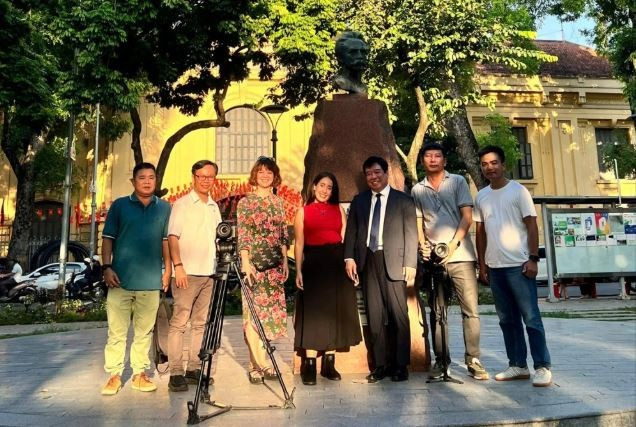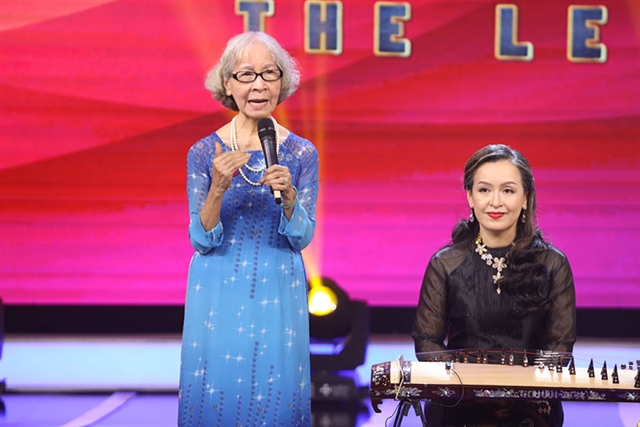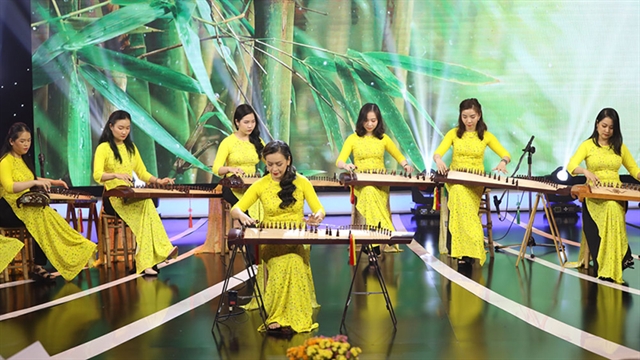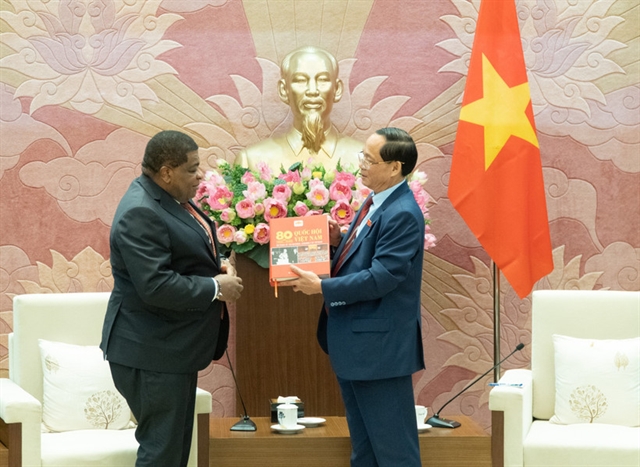 Life & Style
Life & Style


|
| DEEP KNOWLEDGE - Meritourious Teacher and veteran music player Phạm Thuý Hoan (left) has 60 years playing đàn tranh, a traditional Vietnamese zither. — Photo courtesy of the Quê Hương Music Club |
HCM CITY — A book featuring đàn tranh (traditional Vietnamese zither) and folk songs by Meritorious Teacher and veteran music player Phạm Thúy Hoan has been released in HCM City.
Tiểu Phẩm Đàn Tranh và Một Số Bài Hát (Stories of Traditional Vietnamese Zither and Folk Songs), was written and edited by Hoan, who has studied the traditional culture and music of southern Việt Nam for several years.
It is the third book from a collection called Nhạc Cụ Việt Nam và Các Bài Hát Dân Ca (Vietnamese Instruments and Folk Songs) by Hoan.
The book features the history of đàn tranh and how it is used in Việt Nam along with đàn tranh folk songs.
It includes a chapter featuring basic music lessons on đàn tranh written by Hoan, who has more than 40 years teaching music.
“I hope my new book will help young readers improve their knowledge about Vietnamese music,” said 80-year-old Hoan, adding that people can learn about history, culture and lifestyle through traditional music.

|
| NEW GENERATION: Young members of the HCM City-based Quê Hương (Motherland) Music Club opened by Meritorious Teacher and veteran musician Phạm Thuý Hoan. The club attracts skilled musicians, music players and singers who offer training courses in traditional Vietnamese music for children and young people. — Photo courtesy of the Quê Hương Music Club |
Đàn tranh, known as đàn thập lục (16-string instrument), is one of the most popular Vietnamese traditional musical instruments. The zither is similar to the Chinese guzheng, Japanese koto, Korean gayageum, and Mongolian yatga.
Đàn tranh was used in Vietnam since the 12th century during the Trần Dynasty. By the 19th century, under the Nguyễn Dynasty, it officially was part of the royal concert orchestra.
The modern đàn tranh has seventeen strings. In the past few decades, it has increased in size as well as the number of steel strings from seventeen to nineteen, twenty-two, twenty-five, and even twenty-nine.
Đàn tranh is not for playing just Vietnamese traditional and folk music. Vietnamese and foreign musicians and composers produce western classical and contemporary music by using đàn tranh. The instrument is also used to play in concerts with other western instruments.
Hoan has 60 years playing đàn tranh. She works as a music teacher for the HCM City Music Conservatory, art schools and cultural centres.
She has released 16 books on traditional Vietnamese music and songs.
She is a founder of the Quê Hương (Motherland) Music Club managed by HCM City Labour Cultural House in District 1.
The club attracts skilled musicians, music players and singers who offer training courses in traditional Vietnamese music for children and young people. — VNS




